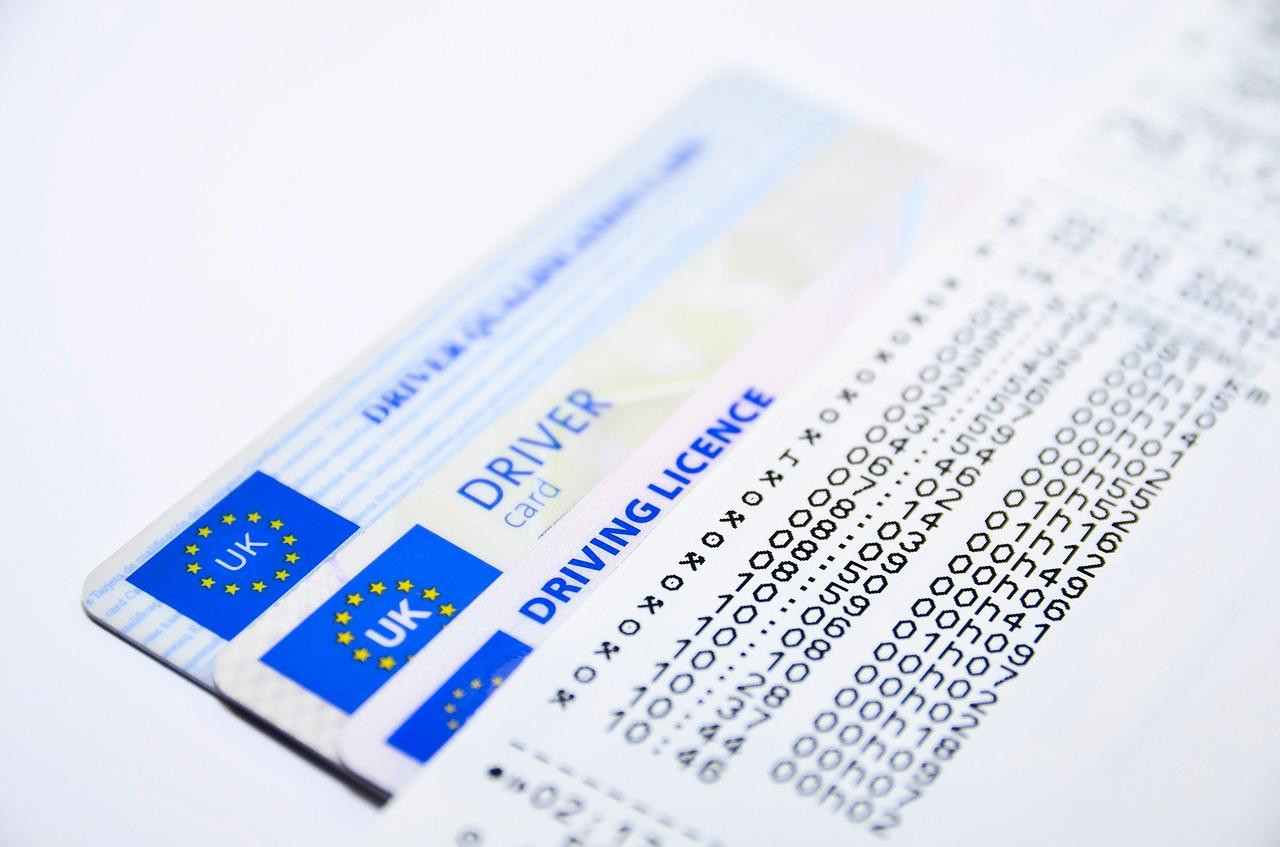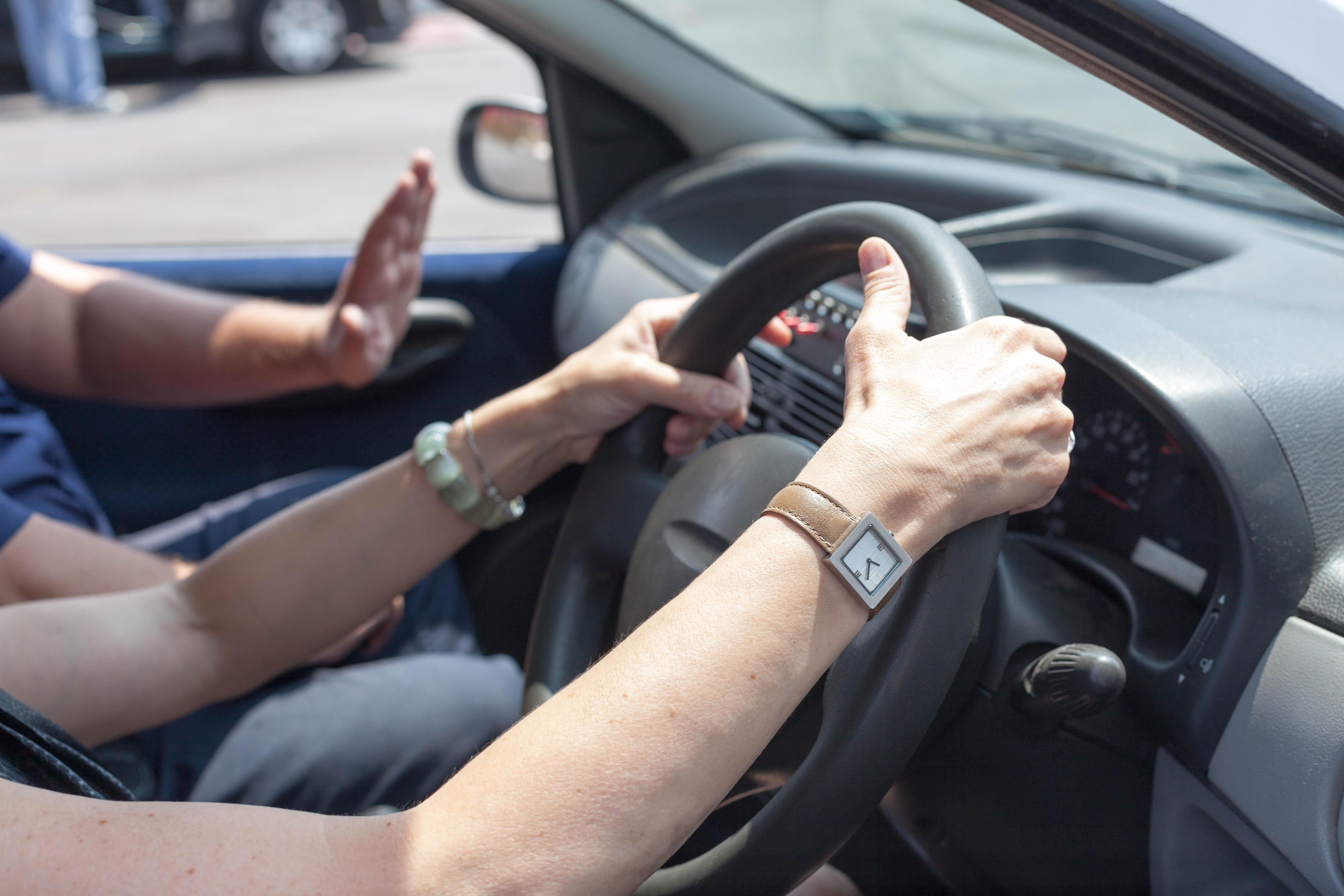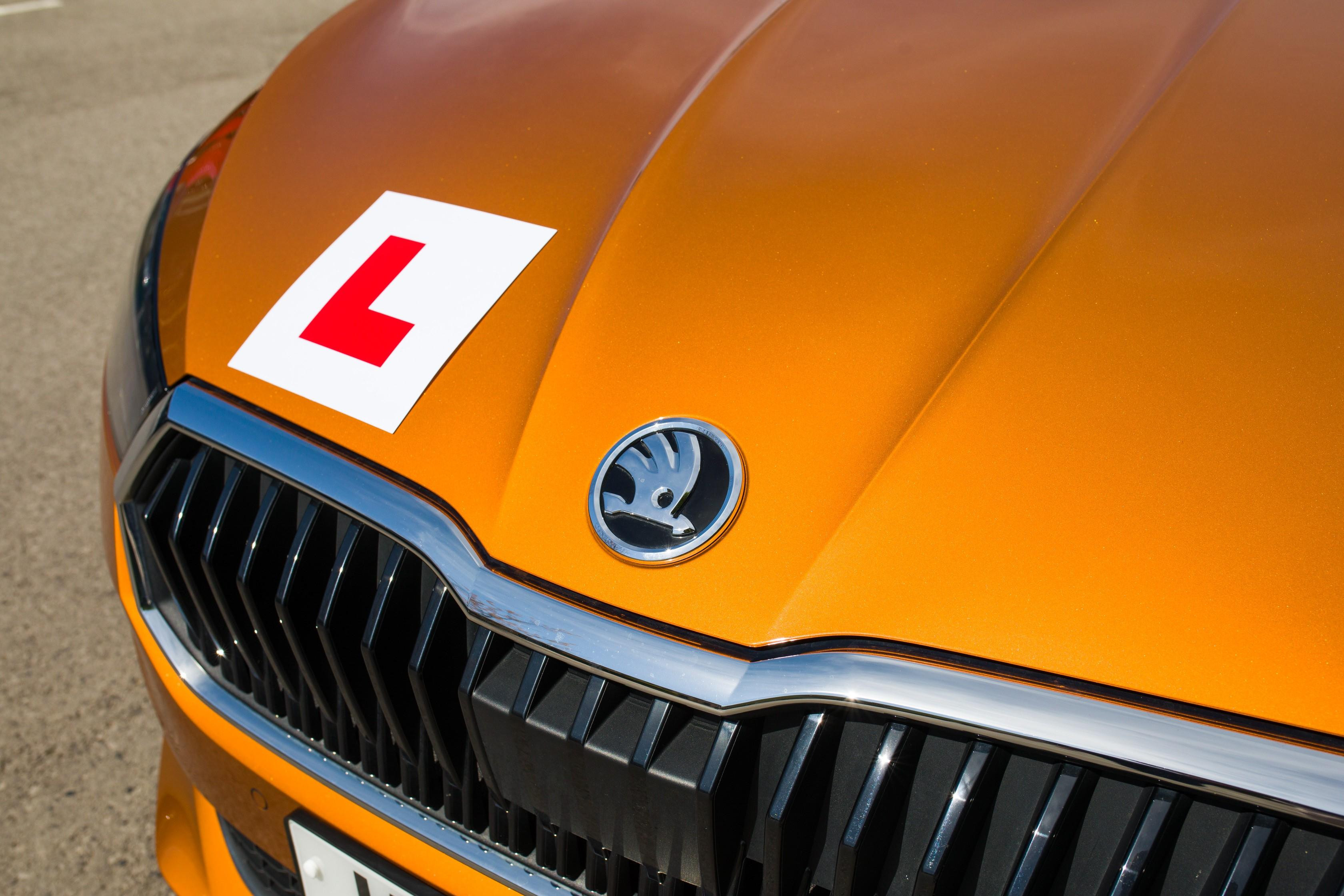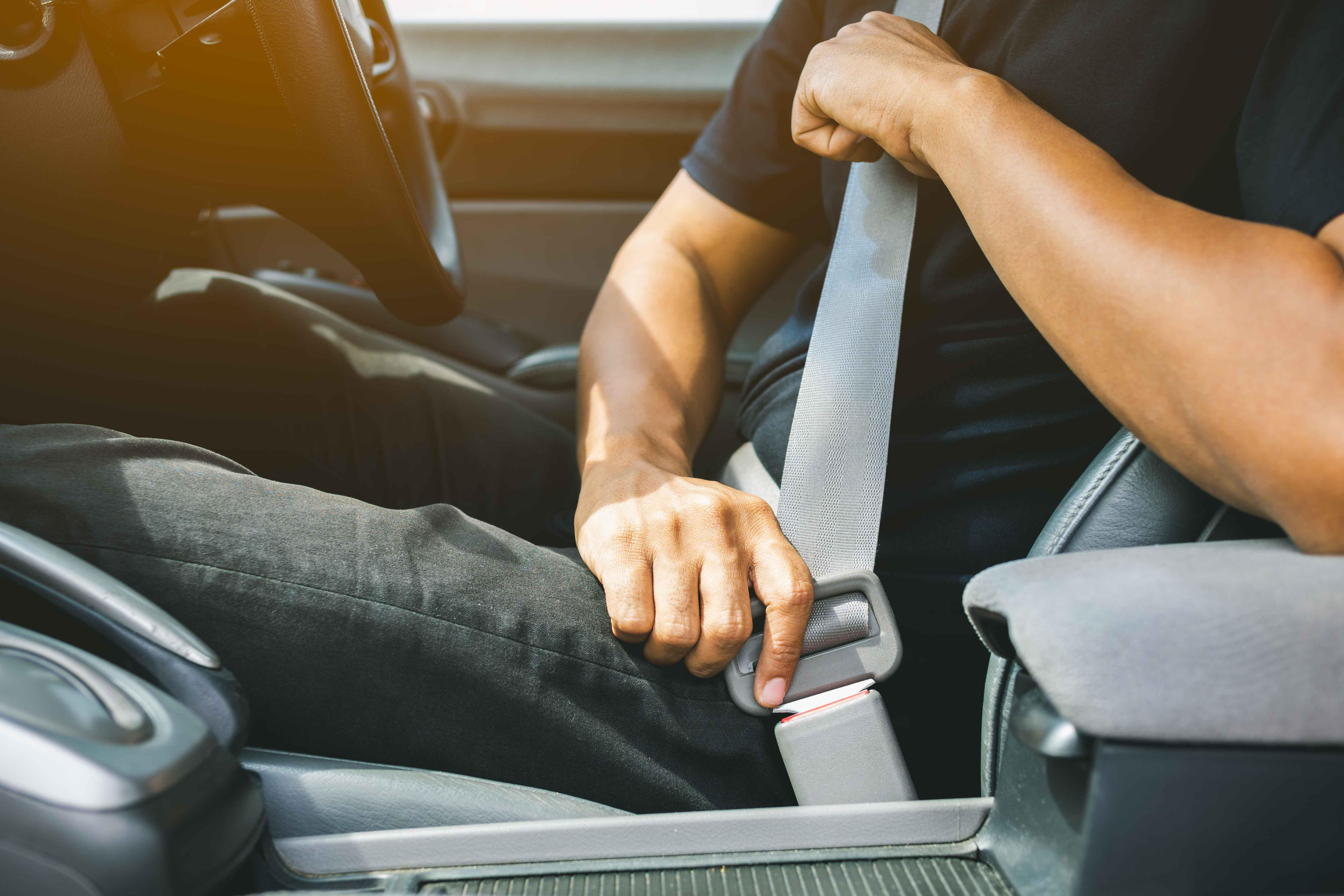How Has The Driving Test Changed Over The Years

How has the driving test changed over the years?
Everyone in the UK who wants to get behind the wheel of a car needs to do a driving test. A core part of many people’s driving education, it’s a process which thousands of people go through each year as they try and shed their ‘L’ plates and head out onto the open road solo.
It has changed considerably over the years, too, so different age groups might have different experiences of the test. Let’s take a look at how it has evolved.
Tests come into play
Tests became compulsory in June 1935, but voluntary tests were introduced just beforehand to ensure that organisers weren’t swamped with bookings.
The tests weren’t organised around centres like they are today, either, with applicants instead conducting their tests at pre-arranged locations such as car parks or railway stations.
Motorcyclists didn’t need to do two tests
If you were undertaking your test on a motorcycle back in 1935, you didn’t need to take another test to drive a car if you passed. Whereas today there are two very separate tests, in 1935 just one would do.
The examiner would place themselves in a central location where they could view the motorcyclist’s skills. Motorcyclists were put into their own testing group later on in 1947.
Driving tests suspended due to World War Two
Driving tests were suspended in 1939 due to the outbreak of the Second World War, with examiners deployed in other areas to help with the war effort.
Tests were re-started in 1946, a year after the war finished.
A price hike

The price of a test doubled from 10 shillings (around 50p in today’s money) to £1 in 1956. During the same year, testing was suspended due to the Suez Crisis. At this point, learners could drive without anyone accompanying them.
Provisional licence changes
Things took a change in 1962 when learner drivers were required to take their full test if they’d held more than seven provisional licences.
If they didn’t take their test, then authorities could refuse another application for a licence.
Big changes to the test
A number of changes were introduced in 1969, including the creation of a separate licence group for automatic vehicles. Plus, vehicles used in the test couldn’t have dual accelerator controls, and candidates were now required to show their driving licence to an examiner at the test.
No more arm signals
Believe it or not, but arm signals were still required in the driving test up until 1979 when they were no longer included.
Creation of the DSA
In 1990 the Driving Standards Agency (DSA) was created as an agency of the Department for Transport (DfT). Under new laws, anyone accompanying a learner driver from October 1990 was now required to be at least 21 and needed to have held their driving licence for a minimum of three years.
Theory test is introduced
In 1996 a separate written theory test was introduced, replacing questions about the Highway Code which would have previously been asked during the driving test. The pass rate was raised from 26/35 to 30/35 later on in 1996, too.
Penalty points for new drivers

From 1997, if a driver gained six or more penalty points on their licence within the first two years of driving then they’d lose their licence and be required to take both theory and practical tests again.
Seat belts required

Front passenger seatbelts were a requirement for test vehicles from 1999, as were head restraints and a rearview mirror.
During the same year, the length of the test was extended, while photocard licences were introduced for the first time.
Hazard perception introduced
In 2002 the hazard perception test was introduced and integrated as part of the car and motorcycle theory test. It uses - just as it does today - video clips to test a driver’s awareness of hazards. A year later, ‘show me’ and ‘tell me’ questions were added and candidates could now book their tests online for the first time.
Independent driving
In 2010, ‘independent driving’ became part of the test with candidates now required to drive for 10 minutes while making their own decisions. In 2014, driving test candidates were no longer allowed to use foreign language voiceovers or interpreters on their theory and practical tests.
Satellite navigation becomes part of the test
A big revision to the test came in 2017 when candidates were now required to follow directions from a sat-nav while different manoeuvres were introduced and a ‘show me’ question was now introduced into the driving section of the test.
In 2018 learner drivers could take lessons on the motorway for the first time, provided they were with an instructor and in a car with dual controls. If you have just passed your test or are about to take your driving test and you are thinking of leasing an electric vehicle, take a look at the great offers we have available on small electric cars which are ideal for your first EV.


















